Home>Gardening & Outdoor>Landscaping Ideas>When To Remove The Straw From New Grass
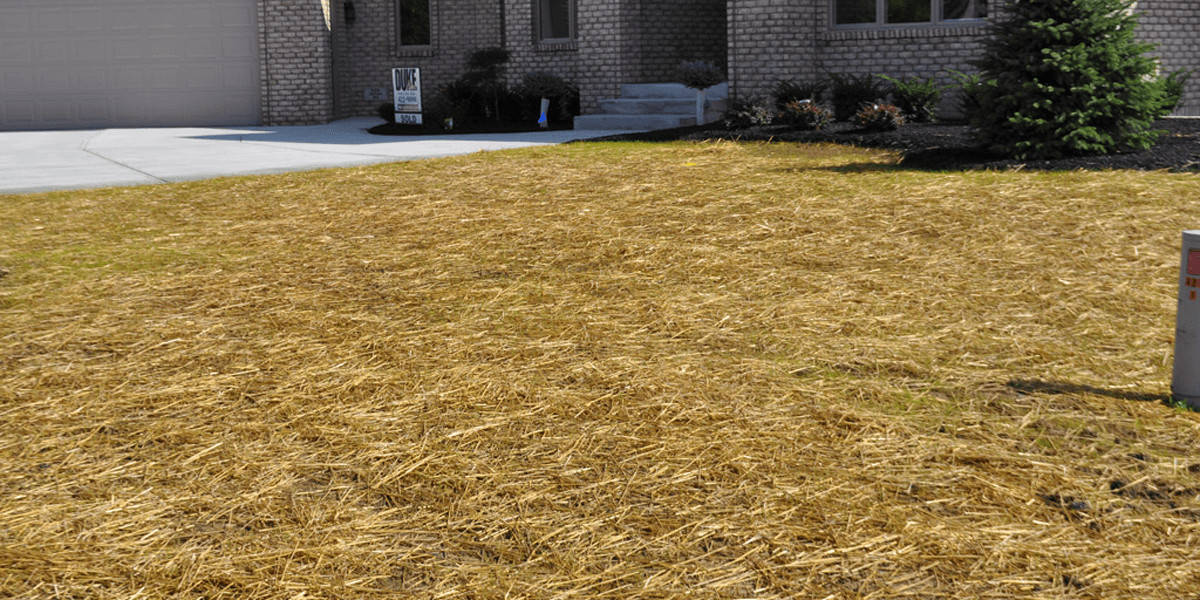

Landscaping Ideas
When To Remove The Straw From New Grass
Modified: May 6, 2024
Learn the best landscaping ideas for when to remove the straw from new grass to ensure a healthy and vibrant lawn. Expert tips and techniques for successful lawn care.
(Many of the links in this article redirect to a specific reviewed product. Your purchase of these products through affiliate links helps to generate commission for Storables.com, at no extra cost. Learn more)
Introduction
Establishing a lush, verdant lawn is a rewarding endeavor that requires careful attention and nurturing. When seeding a new lawn, using straw as a protective covering is a common practice. This technique helps retain moisture, prevent erosion, and shield the seeds from harsh environmental conditions. However, there comes a time when the straw must be removed to allow the young grass to thrive unhindered. Understanding the optimal timing for this task is crucial for the successful development of your new lawn. In this article, we will explore the significance of straw for new grass, the factors to consider before removing it, the signs that indicate the grass is ready for straw removal, and the proper methods for executing this process. By gaining insight into these aspects, you will be well-equipped to nurture your new grass to its full potential.
Key Takeaways:
- Timing is crucial when removing straw from new grass to allow it to thrive without hindrance. Factors like grass growth stage and weather conditions must be considered for successful lawn development.
- Signs that grass is ready for straw removal include height and density, color and vigor, root development, weed suppression, and weather adaptation. Carefully observing these signs ensures optimal grass development.
Read more: When To Remove Straw Netting From New Grass
Importance of Straw for New Grass
When establishing new grass, the use of straw serves as a protective layer that offers several essential benefits for the young seedlings. Understanding the importance of straw in this context is fundamental to comprehending the subsequent steps in the lawn establishment process.
Here are the key reasons why straw is vital for new grass:
- Moisture Retention: Straw acts as a moisture-retaining barrier, helping to prevent the newly seeded soil from drying out. By retaining moisture, straw creates an optimal environment for seed germination and early root development.
- Erosion Prevention: The presence of straw helps to mitigate the risk of soil erosion caused by wind or water. This protective layer stabilizes the soil, reducing the likelihood of seed displacement and promoting uniform growth.
- Temperature Regulation: Straw provides insulation, shielding the soil and seeds from extreme temperature fluctuations. This regulation of temperature creates a conducive environment for the seeds to sprout and the young grass to establish itself.
- Protection from External Factors: Straw serves as a protective barrier, guarding the delicate grass seeds from the impact of heavy rain, strong winds, and intense sunlight. This shielding effect minimizes the risk of damage to the emerging seedlings.
By recognizing the multifaceted benefits of using straw for new grass, you can appreciate its role in nurturing the initial stages of lawn development. However, as the grass matures, the time will come to remove the straw and allow the young turf to flourish without impediment.
Factors to Consider Before Removing Straw
Before embarking on the task of removing the straw from your new grass, it is crucial to assess several key factors to ensure that the timing is optimal for this transition. By considering these elements, you can facilitate the successful progression of your lawn’s development.
Here are the essential factors to ponder before removing the straw:
- Grass Growth Stage: Evaluate the growth stage of the grass to determine if it has reached a sufficient level of maturity. Typically, new grass should be allowed to grow to a height of around 3 to 4 inches before considering straw removal. This stage indicates that the grass has established a robust root system and is better equipped to thrive without the protective layer of straw.
- Weather Conditions: Consider the prevailing weather conditions in your area. If the climate is excessively dry or hot, leaving the straw in place for a longer duration can provide continued moisture retention and protection for the young grass. Conversely, in exceptionally wet conditions, timely straw removal can prevent excessive moisture buildup and potential issues such as mold or fungal growth.
- Weed Control: Assess the presence of weeds in the newly seeded area. If weeds have started to emerge alongside the grass, delaying straw removal can help suppress their growth and allow the grass to gain a competitive advantage. However, if the weed infestation is significant, prompt straw removal may be necessary to address this issue effectively.
- Overall Grass Health: Take stock of the general health and vigor of the new grass. If the grass appears robust, with uniform growth and vibrant color, it may be an indication that it is ready to thrive without the protective cover of straw. Conversely, if the grass seems weak or sparse, leaving the straw in place for a little longer can provide additional support during this critical growth phase.
By carefully considering these factors, you can make an informed decision regarding the optimal timing for removing the straw from your new grass. This thoughtful approach will contribute to the continued health and vitality of your burgeoning lawn, setting the stage for lush, resilient turf in the seasons to come.
Wait until the new grass reaches 3-4 inches tall before removing the straw. This will help protect the young grass from drying out and provide support as it establishes its roots.
Signs That Grass is Ready for Straw Removal
Recognizing the opportune moment to remove the straw from your new grass involves observing key indicators that signify the grass’s readiness to thrive independently. By identifying these signs, you can ensure that the young turf is well-prepared for the transition, setting the stage for robust and resilient growth.
Here are the signs that indicate the grass is ready for straw removal:
- Height and Density: When the grass reaches a height of approximately 3 to 4 inches and exhibits a dense, uniform growth pattern, it is often a clear signal that it has established a robust root system and is ready to flourish without the protective cover of straw.
- Color and Vigor: Vibrant green coloration and a healthy, vigorous appearance are indicative of thriving grass that is well-equipped to sustain itself without the aid of straw. If the grass displays a lush and vibrant hue, it is likely prepared for straw removal.
- Root Development: Gently lift a section of the grass to assess the development of the root system. If the roots appear well-established and have penetrated the soil to a satisfactory depth, it is a positive indication that the grass is ready to thrive without the support of straw.
- Weed Suppression: If the grass has effectively suppressed weed growth and exhibits minimal weed intrusion, it suggests that the turf has gained a competitive advantage and is prepared to continue its growth without the protective layer of straw.
- Weather Adaptation: Consider the grass’s resilience in response to weather conditions. If the grass has demonstrated the ability to withstand moderate environmental stressors, such as fluctuations in temperature and periods of moderate drought, it is likely well-prepared for the removal of straw.
By attentively observing these signs, you can ascertain when the grass has reached an optimal stage of development, signaling that it is ready to thrive without the assistance of straw. This proactive approach ensures that the young turf can progress unhindered, laying the groundwork for a healthy and vibrant lawn.
How to Remove Straw from New Grass
When the time is right to remove the straw from your new grass, executing this task with care and precision is essential to safeguard the continued health and development of the turf. By following the appropriate methods, you can facilitate a smooth transition for the grass as it transitions from the protective cover of straw to unrestricted growth.
Here is a step-by-step guide on how to remove straw from new grass:
- Assess Grass Readiness: Before initiating the removal process, ensure that the grass has reached an appropriate stage of development, as indicated by the signs previously outlined. Confirm that the grass is approximately 3 to 4 inches in height and exhibits robust growth.
- Gather Necessary Tools: Prepare the tools required for the task, including a rake or a specialized dethatching tool. Additionally, ensure that the weather conditions are conducive to straw removal, avoiding excessively wet or windy days.
- Commence Raking: Begin the removal process by gently raking the straw in the direction of grass growth. Employ a light touch to avoid damaging the emerging grass while effectively lifting and gathering the straw from the surface.
- Inspect for Weed Removal: As the straw is removed, take the opportunity to inspect the area for any emerging weeds. Carefully pluck out any weeds that may have taken root amidst the grass to prevent their proliferation.
- Dispose of Straw: Gather the removed straw and dispose of it appropriately. Consider composting the straw if it is free from weed seeds and other contaminants, contributing to sustainable waste management.
- Monitor Grass Response: After the straw removal, observe the grass closely to ensure that it adapts well to the transition. Provide supplemental watering if necessary to support the grass as it acclimates to its newfound freedom from the straw covering.
- Maintain Ongoing Care: Continue to nurture the grass with regular watering, appropriate fertilization, and vigilant weed control to promote its continued growth and development.
By following these steps with attentiveness and care, you can effectively remove the straw from your new grass, setting the stage for unhindered growth and the flourishing of a vibrant and resilient lawn.
Read more: How Long To Leave Straw On New Grass
Conclusion
Establishing a thriving lawn from seed requires thoughtful consideration and attentive care, including the strategic use of straw as a protective covering during the early stages of grass development. As the grass matures, the timely removal of straw becomes a pivotal step in fostering its independent growth and resilience. By understanding the significance of straw for new grass, considering essential factors before its removal, recognizing the signs that indicate the grass is ready for this transition, and employing the proper methods for straw removal, you can effectively nurture your new lawn to its full potential.
Ultimately, the successful removal of straw from new grass marks a significant milestone in the lawn establishment process, allowing the young turf to flourish unhindered by the protective covering. By carefully assessing the grass’s readiness and executing the removal process with care, you set the stage for the development of a lush, resilient lawn that will bring joy and beauty to your outdoor space for years to come.
Embracing the nuances of lawn care, including the strategic use of protective measures like straw, empowers you to cultivate a vibrant and healthy lawn that serves as a welcoming backdrop for leisure, recreation, and natural splendor. With a blend of attentive observation, thoughtful action, and ongoing care, you can foster the growth of a thriving lawn that enriches your outdoor environment and enhances the beauty of your home.
As you embark on the journey of nurturing your new grass to maturity, may the removal of straw signify a transition to unhindered growth, resilience, and enduring beauty, culminating in the creation of a verdant and inviting landscape that enriches your outdoor living space.
Now that you've mastered when to remove straw from new grass, why not learn more about the early stages of lawn care? Our next article sheds light on the timing and conditions essential for seed germination. Understanding this process will help ensure that your efforts in sowing seeds lead to lush, healthy grass. Don’t miss out on these crucial insights that can make or break your new lawn’s success!
Frequently Asked Questions about When To Remove The Straw From New Grass
Was this page helpful?
At Storables.com, we guarantee accurate and reliable information. Our content, validated by Expert Board Contributors, is crafted following stringent Editorial Policies. We're committed to providing you with well-researched, expert-backed insights for all your informational needs.
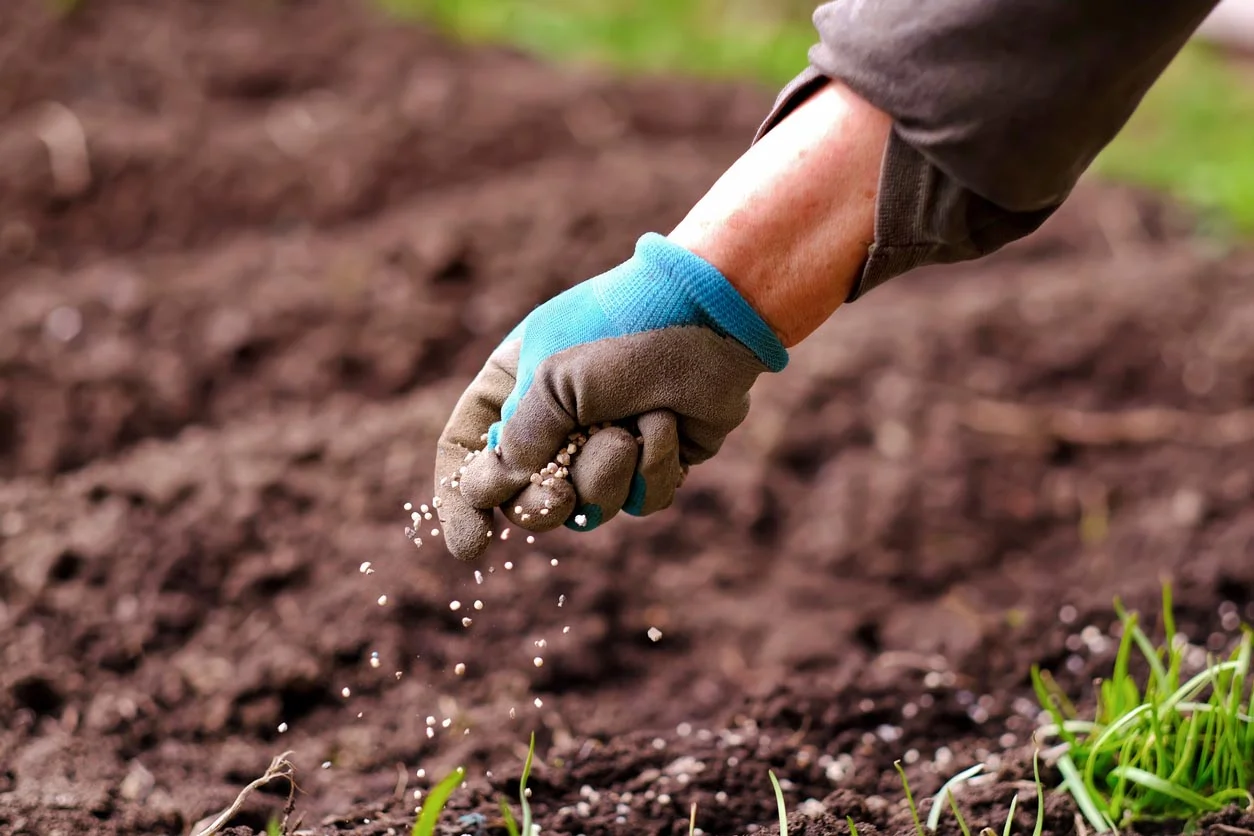
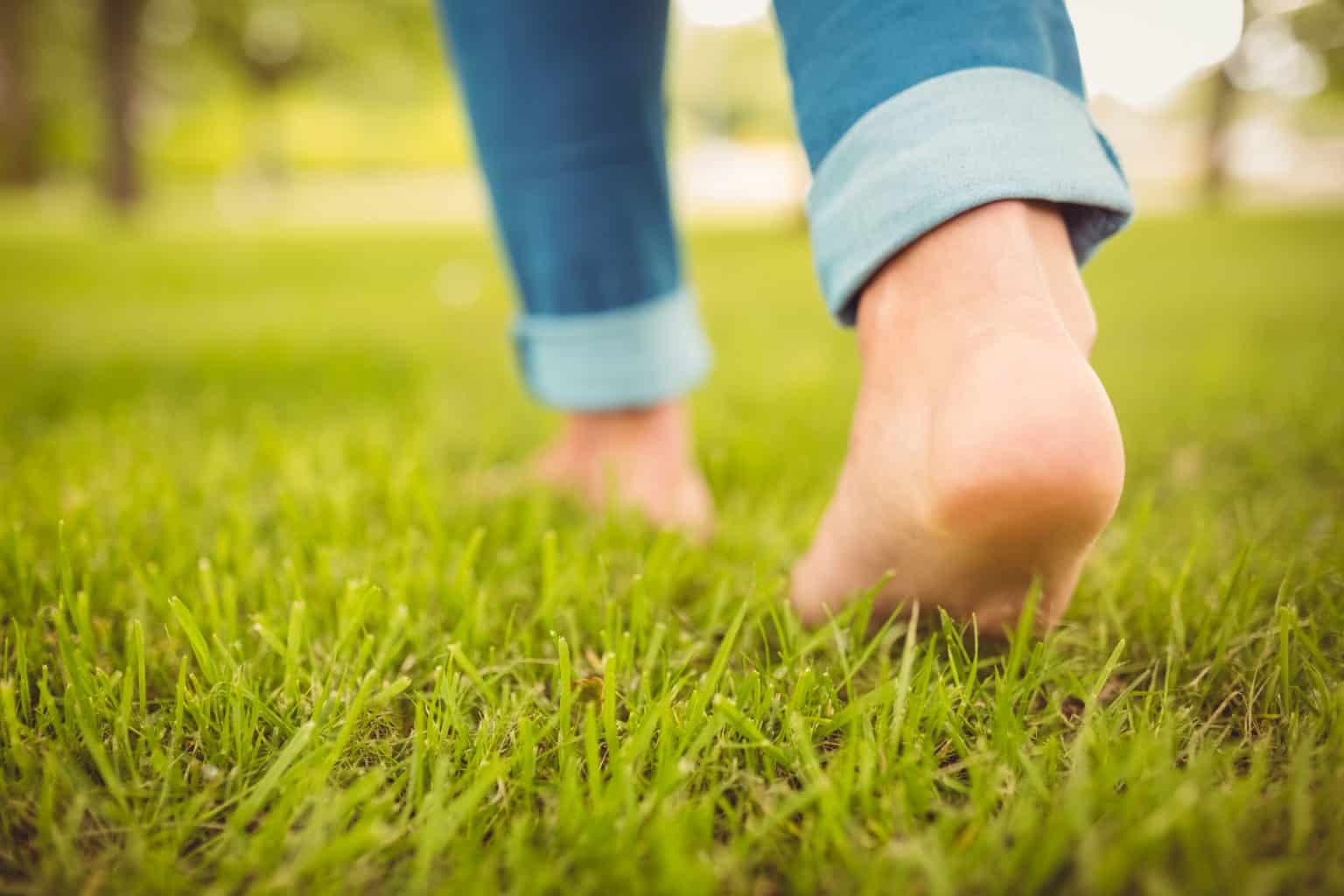
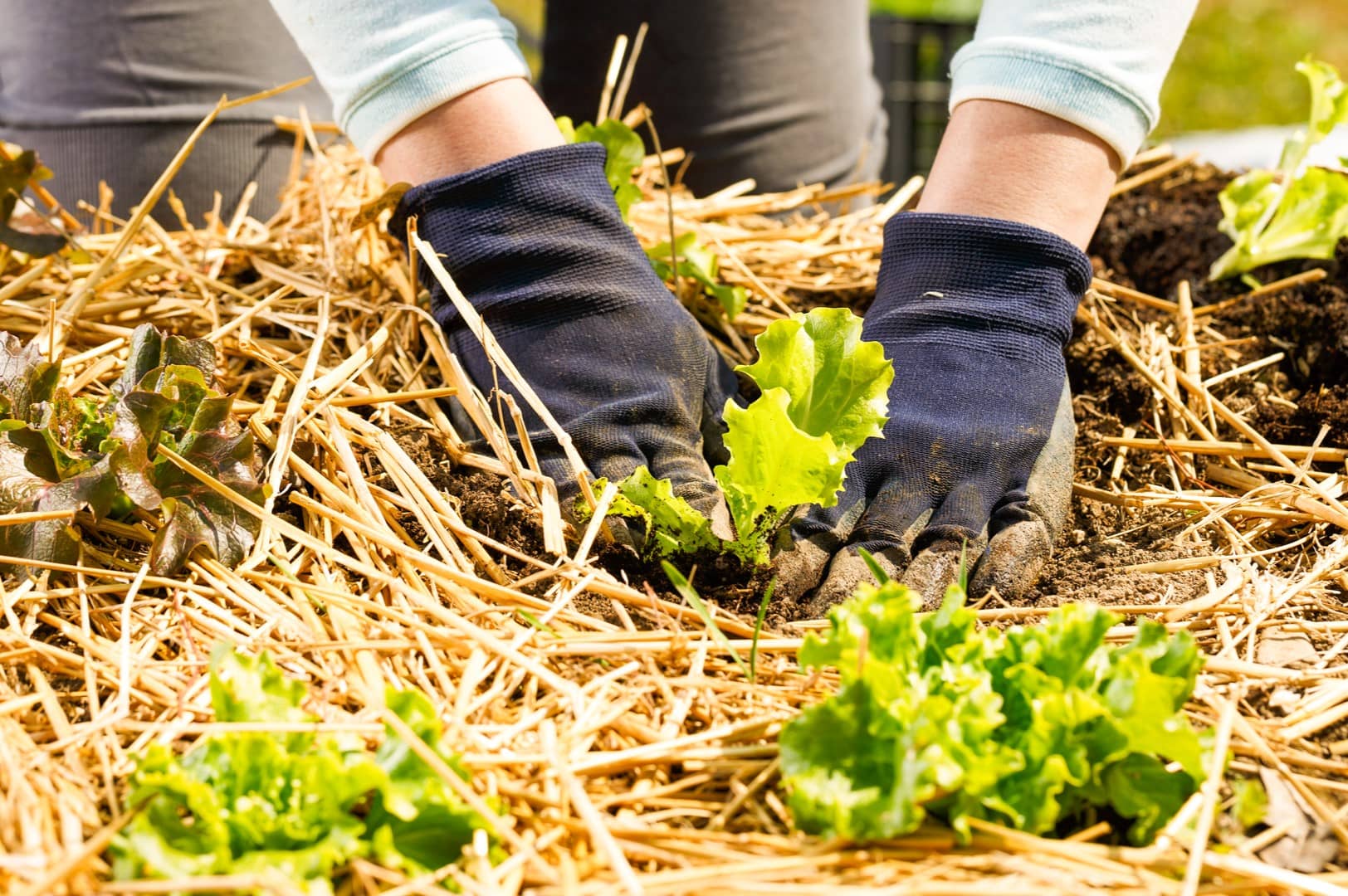
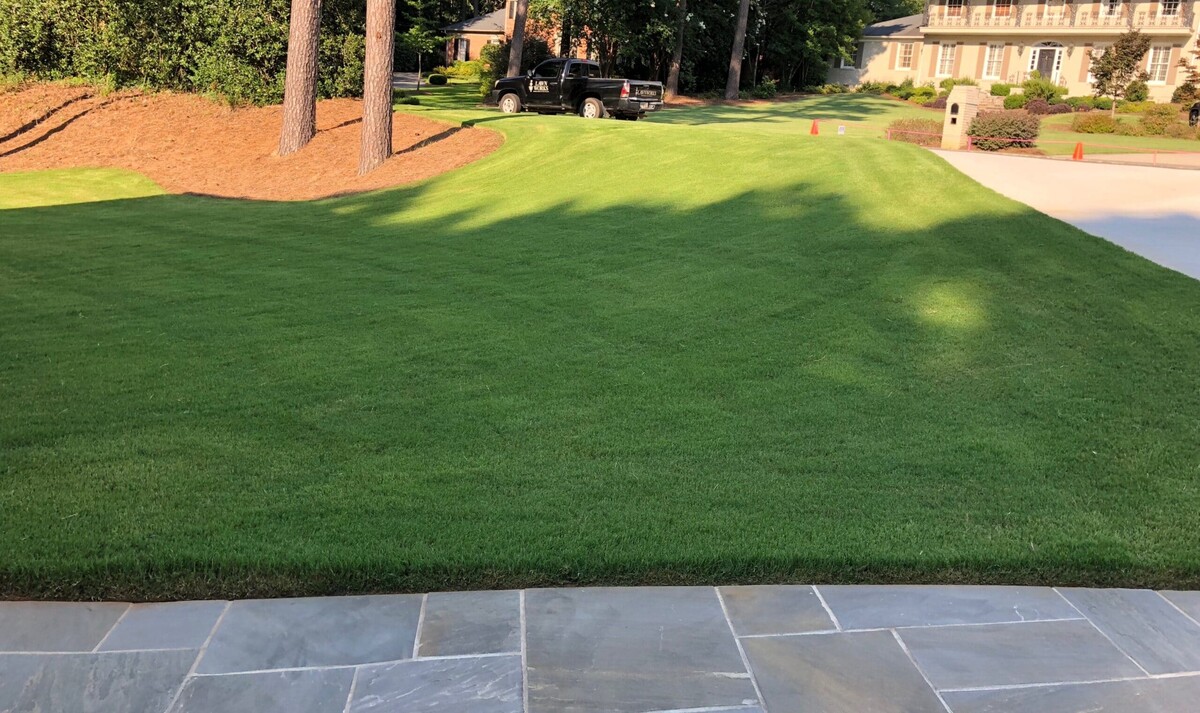
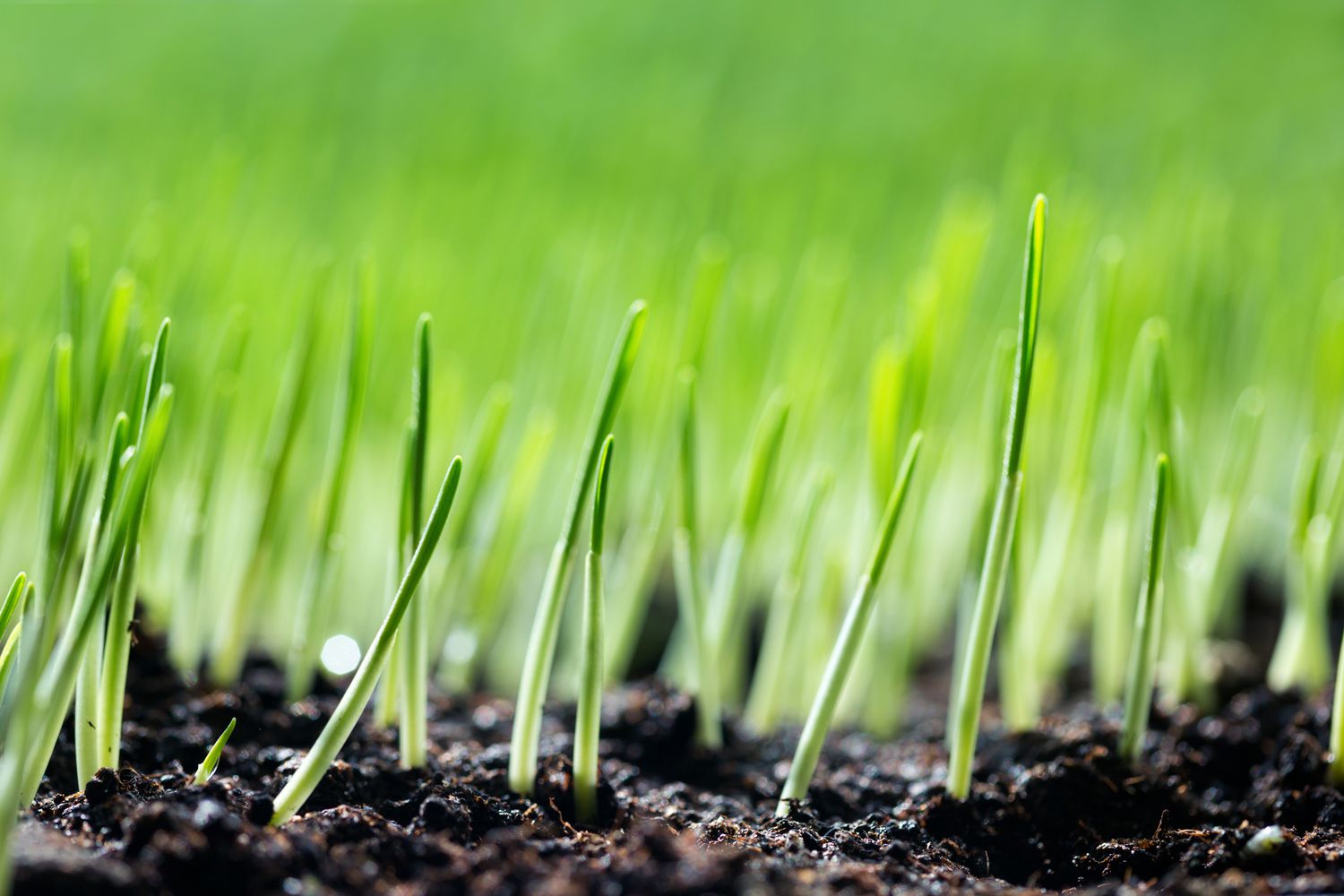
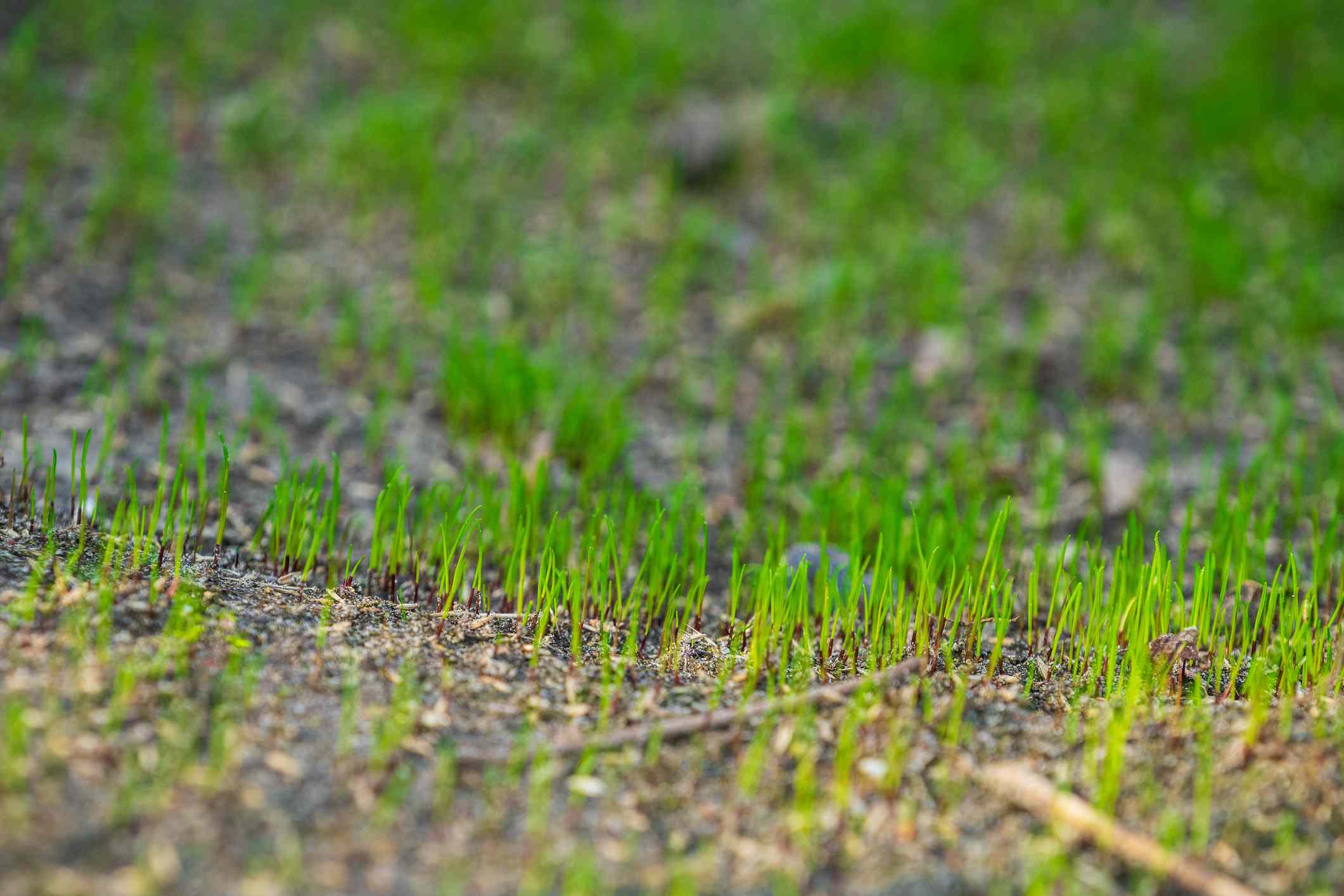
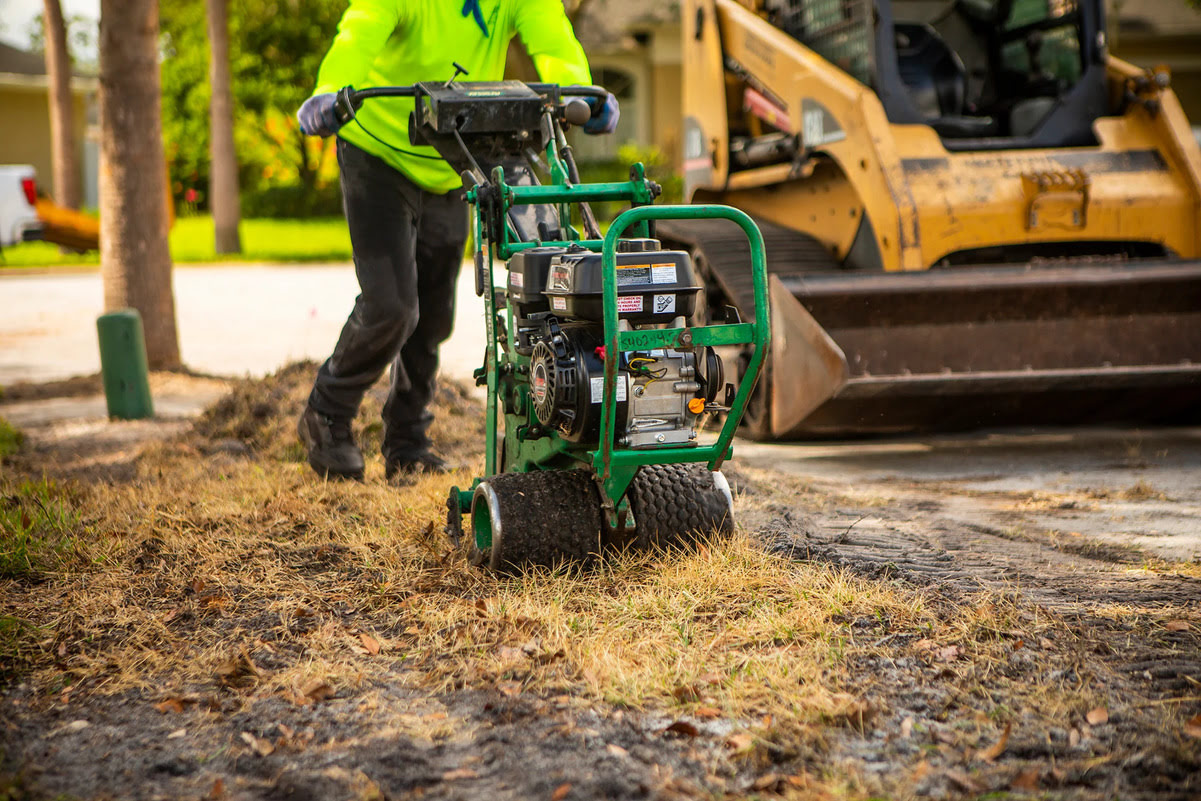
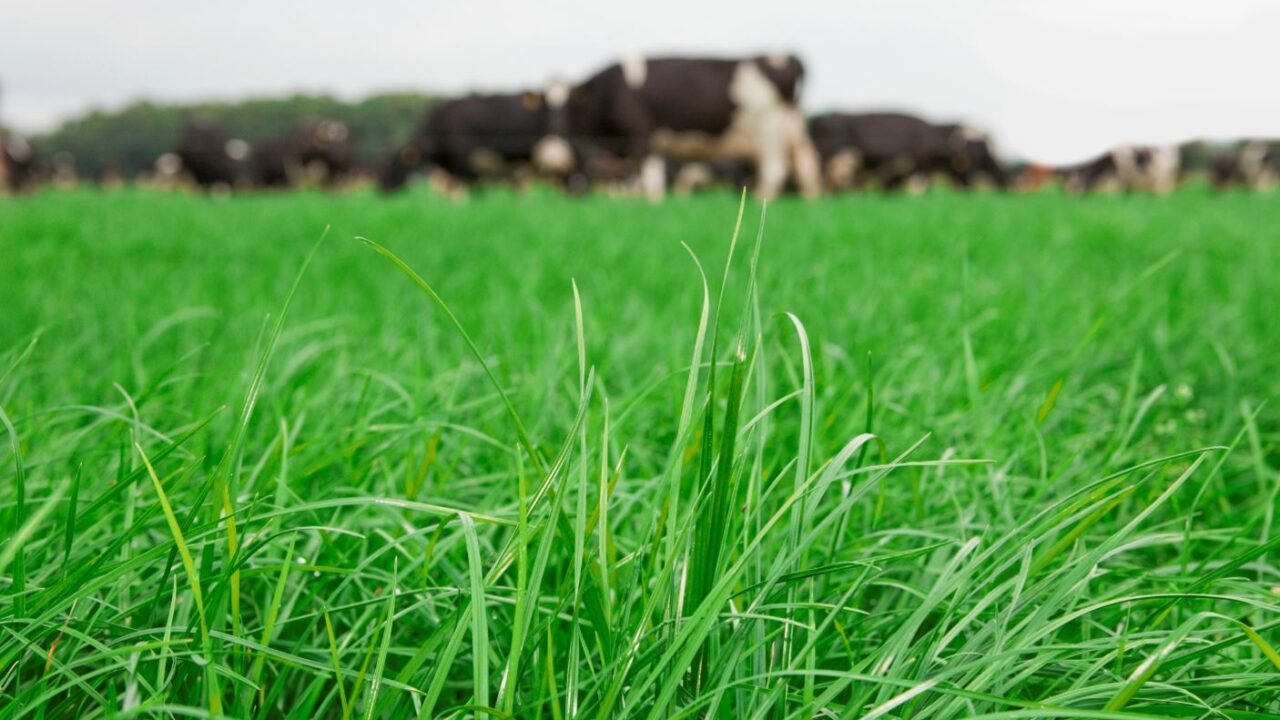
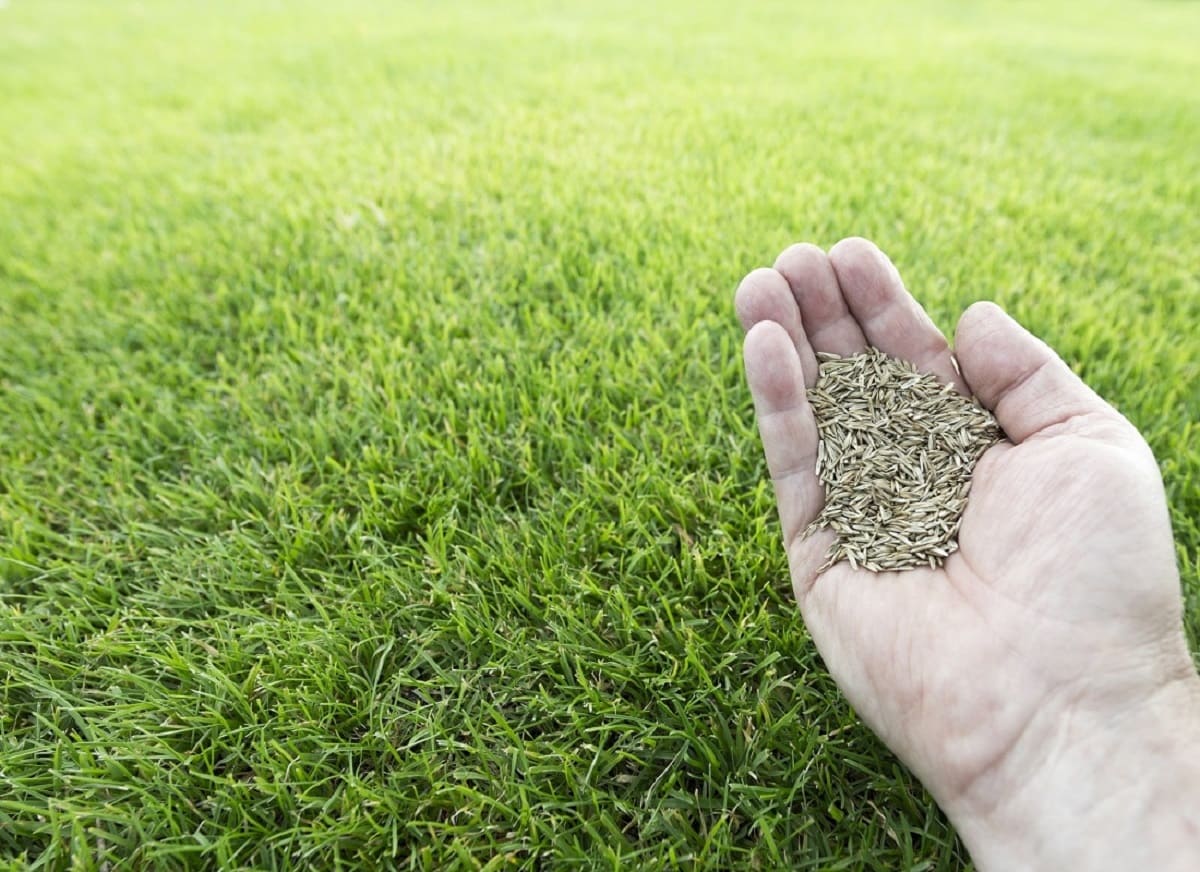
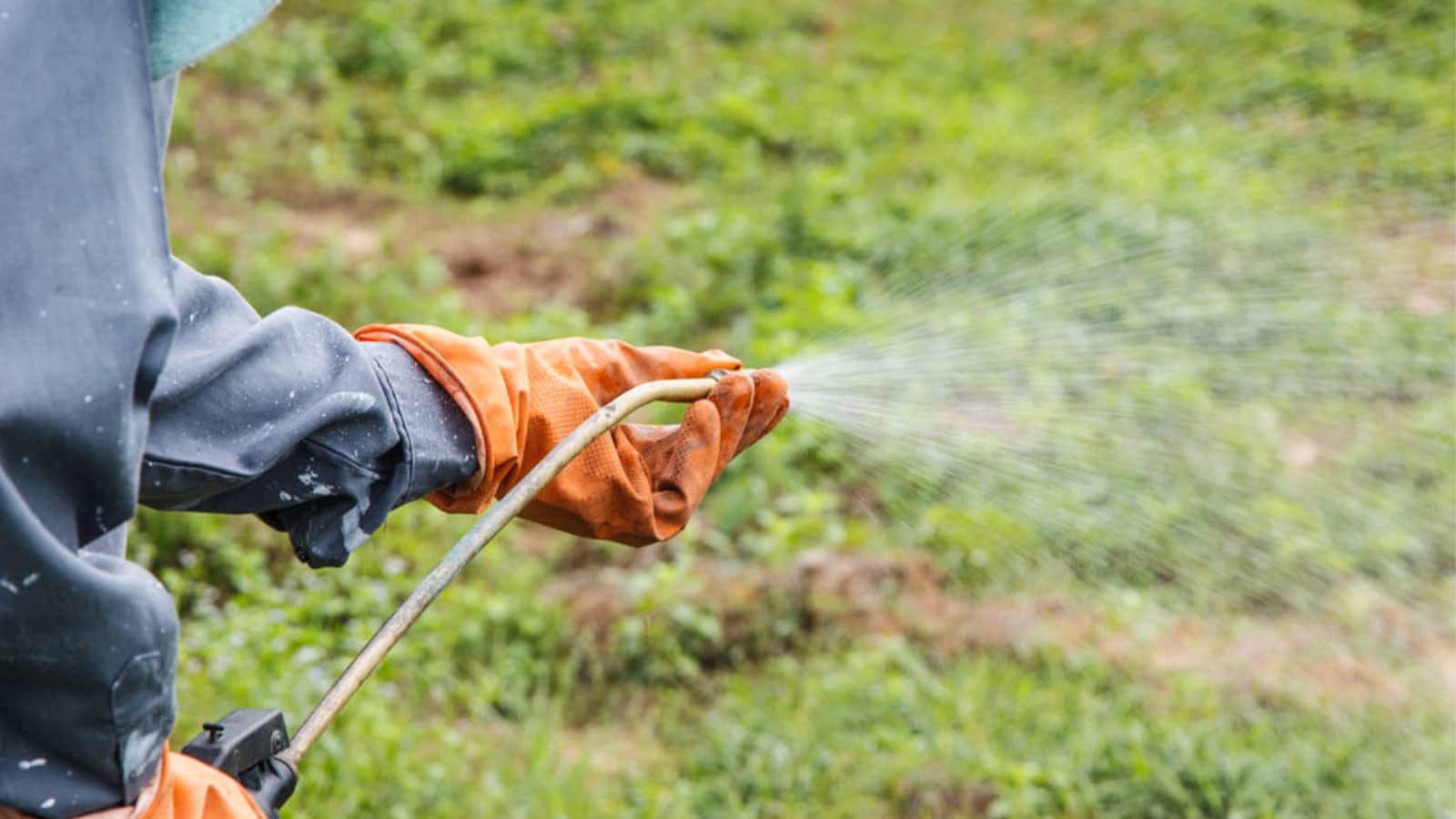
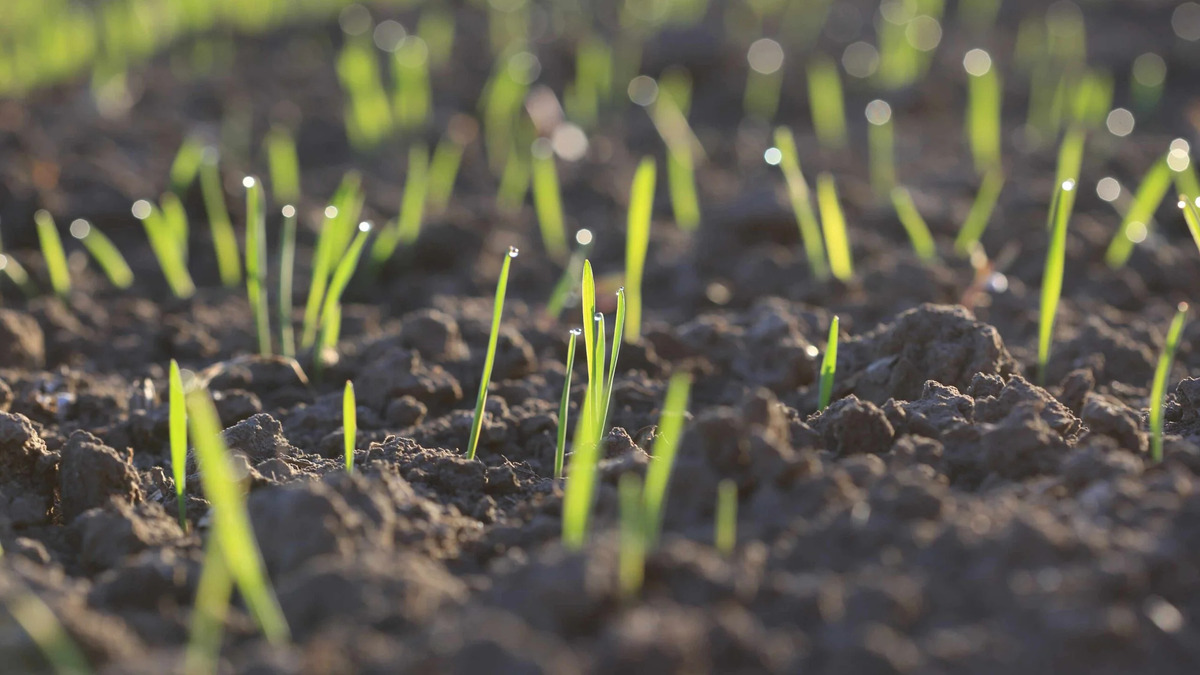
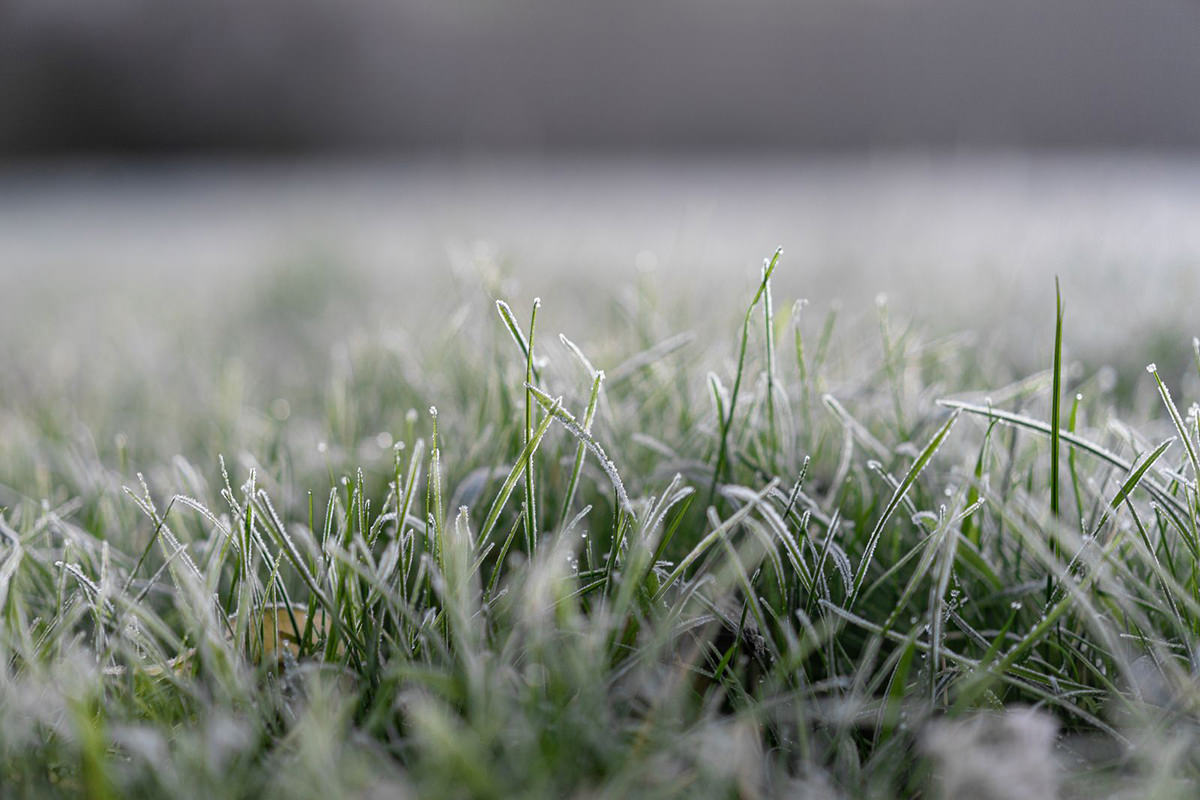
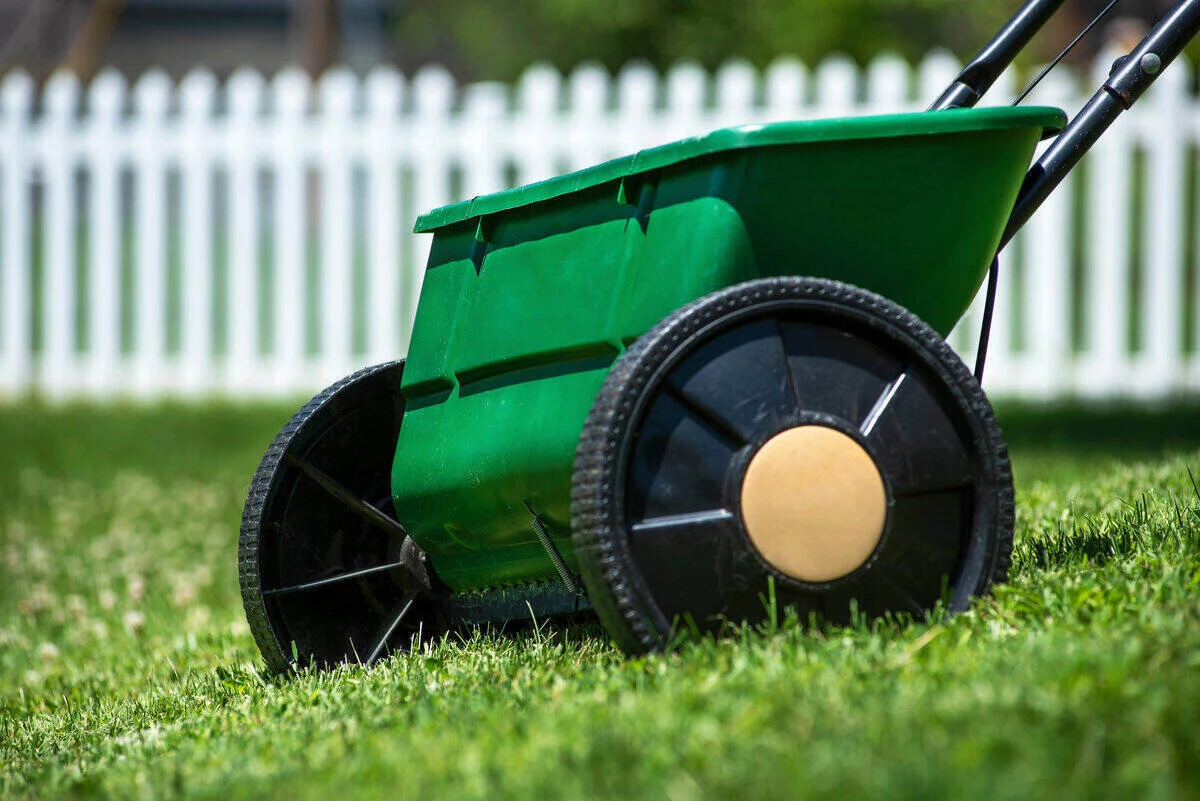


0 thoughts on “When To Remove The Straw From New Grass”